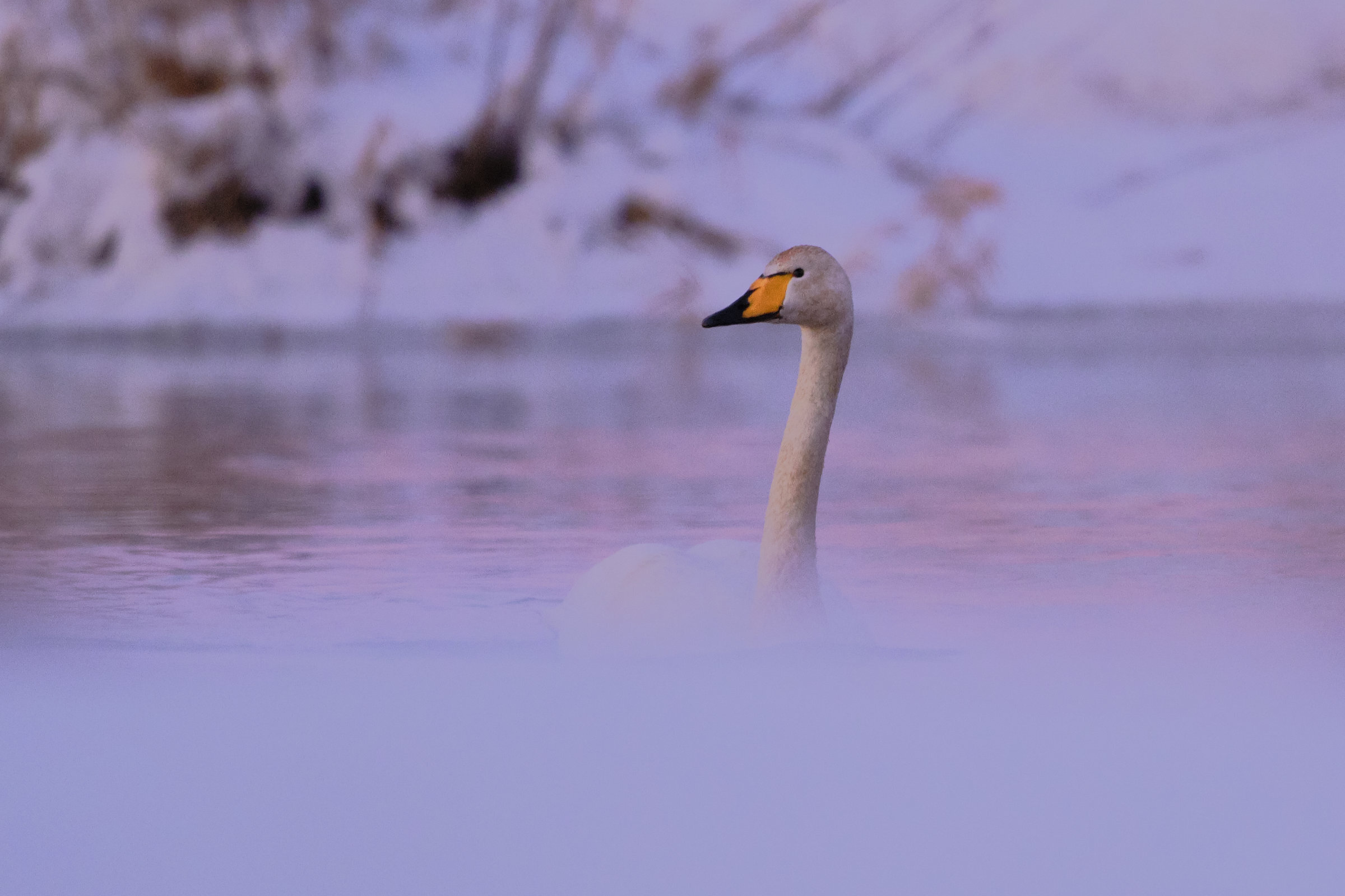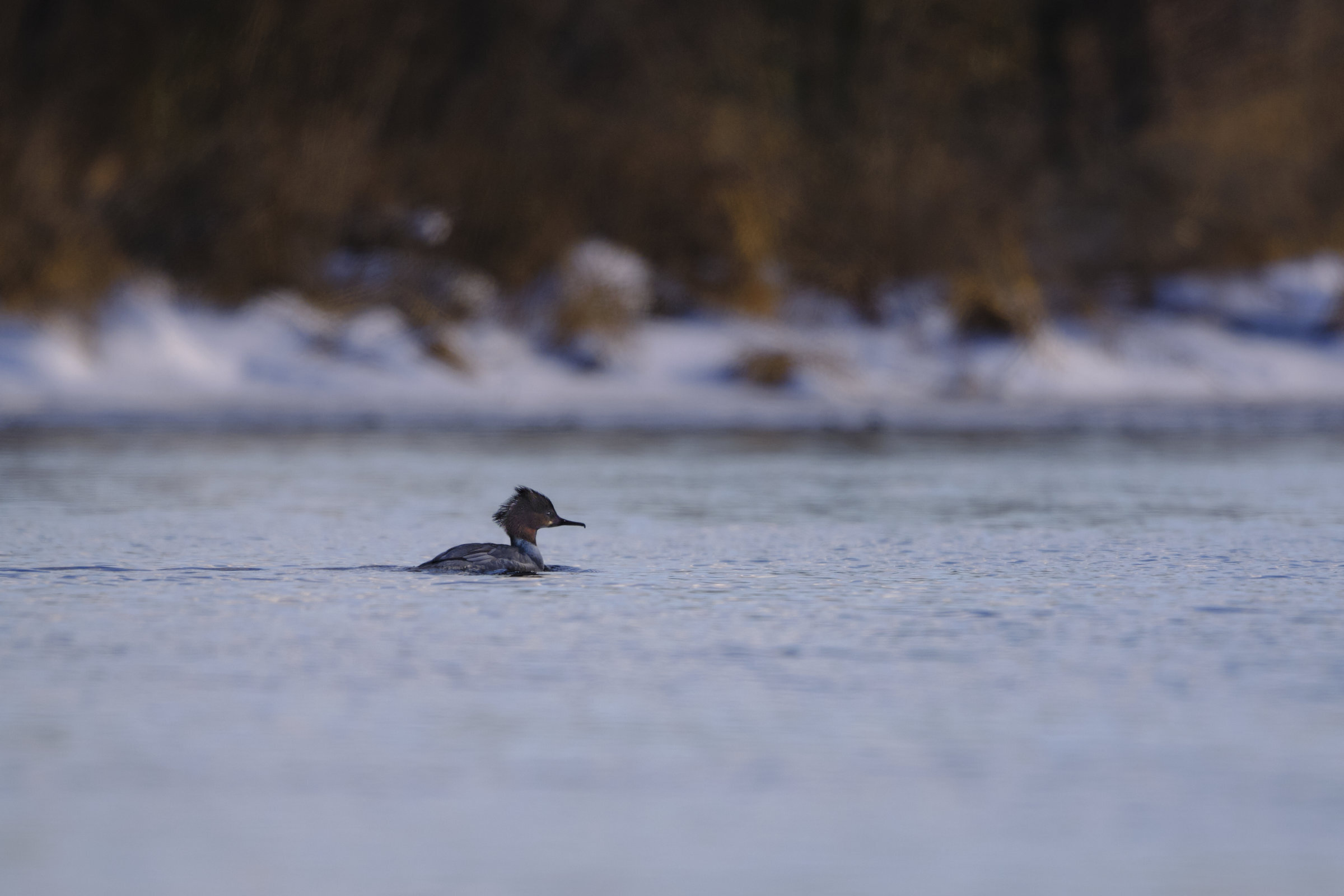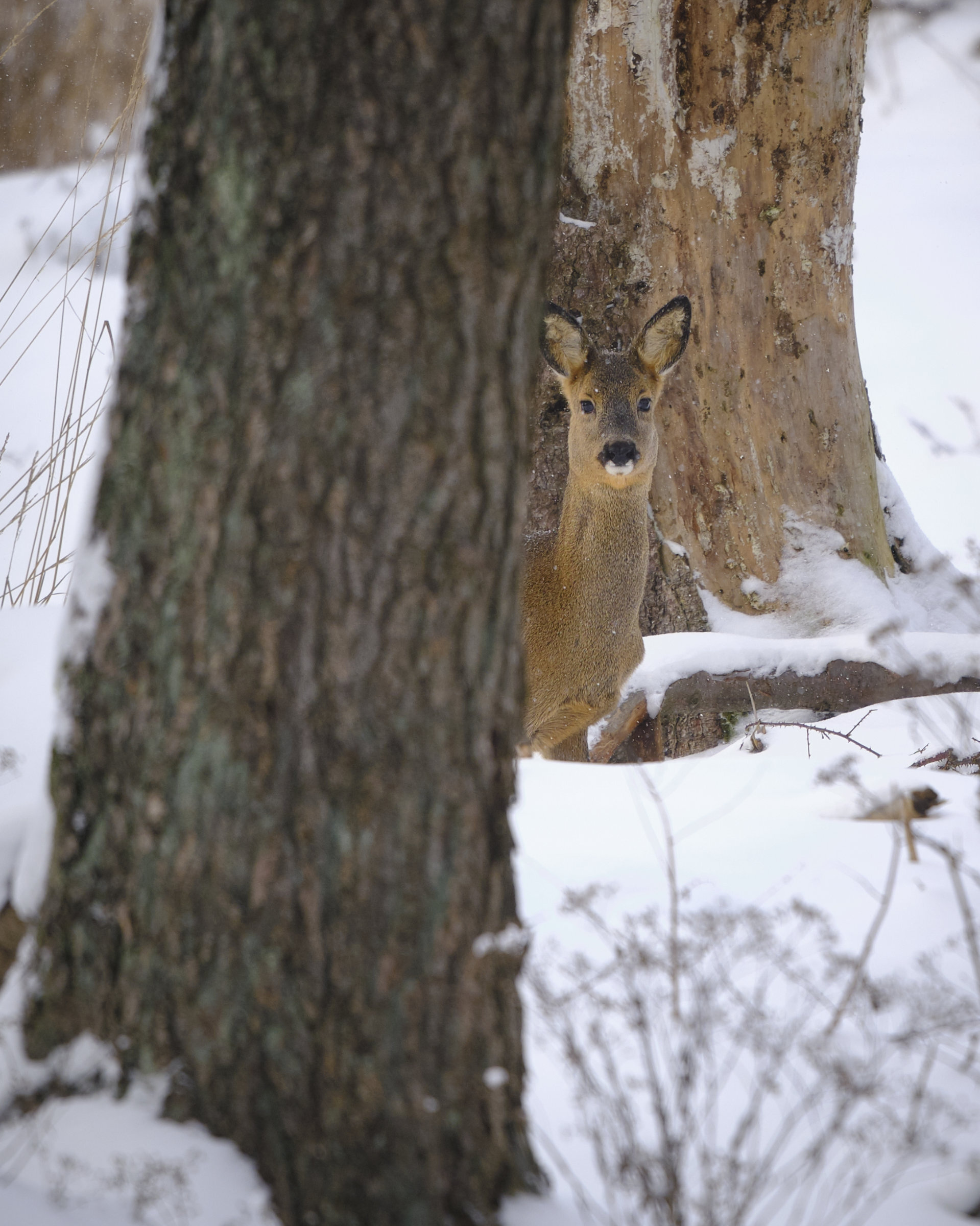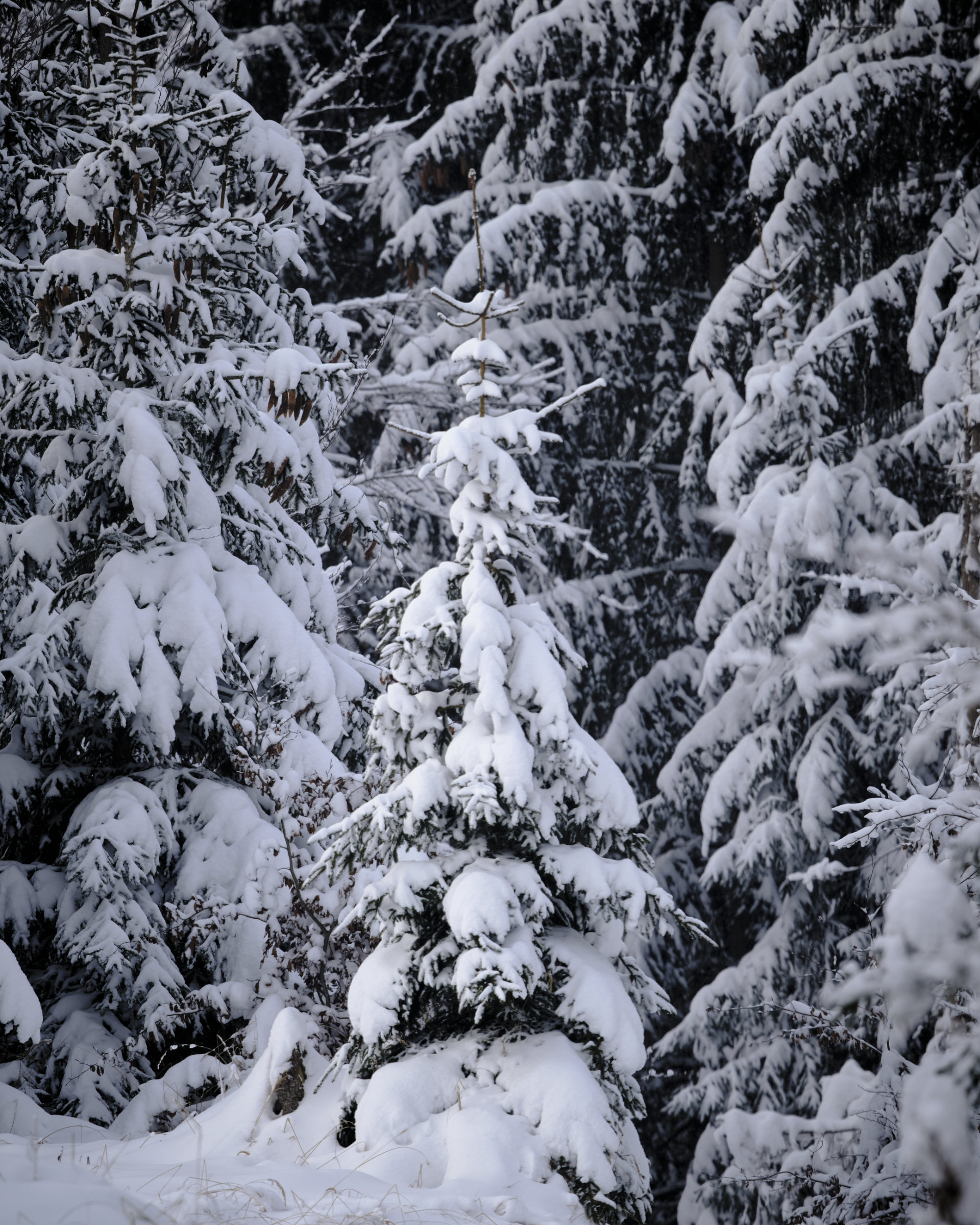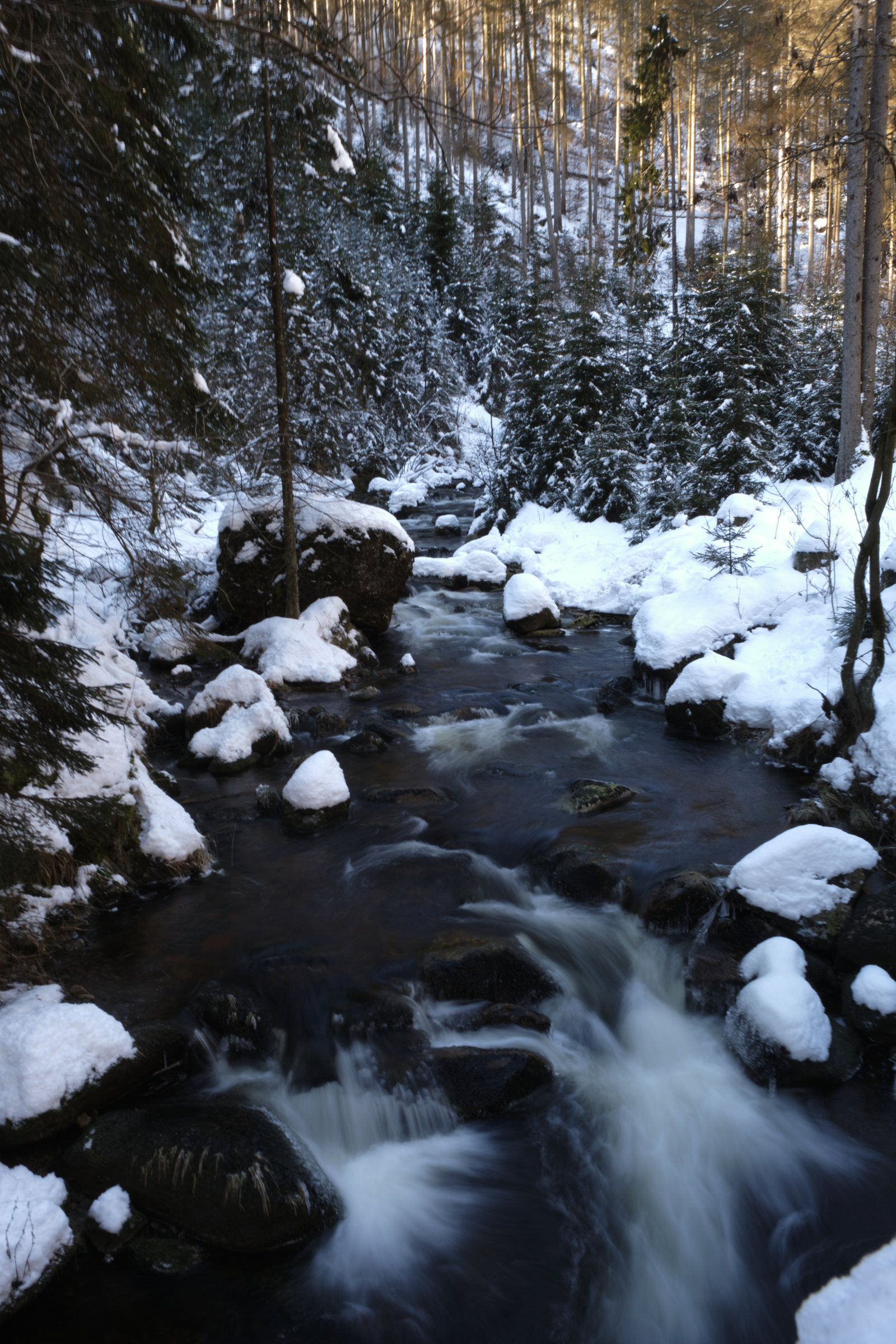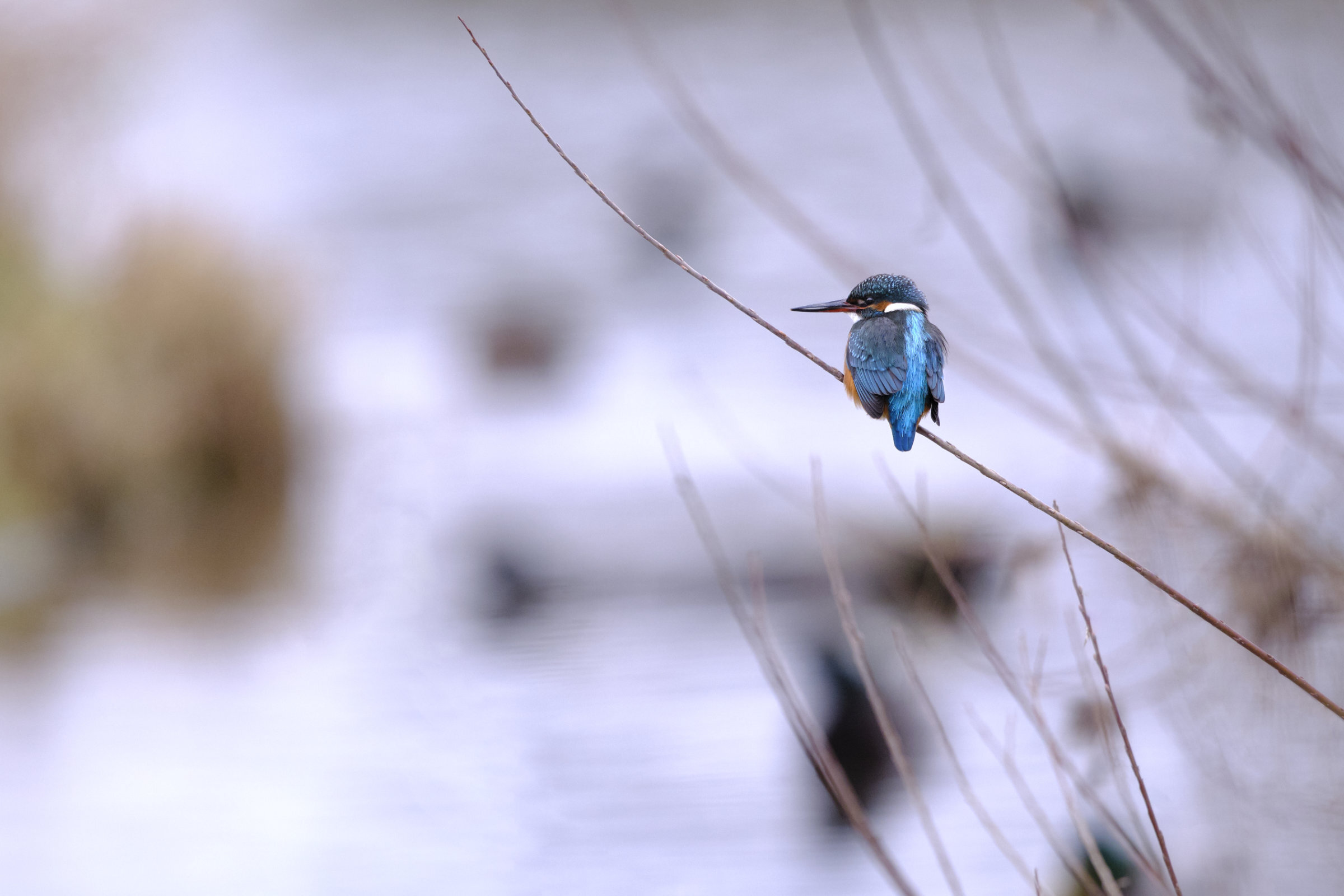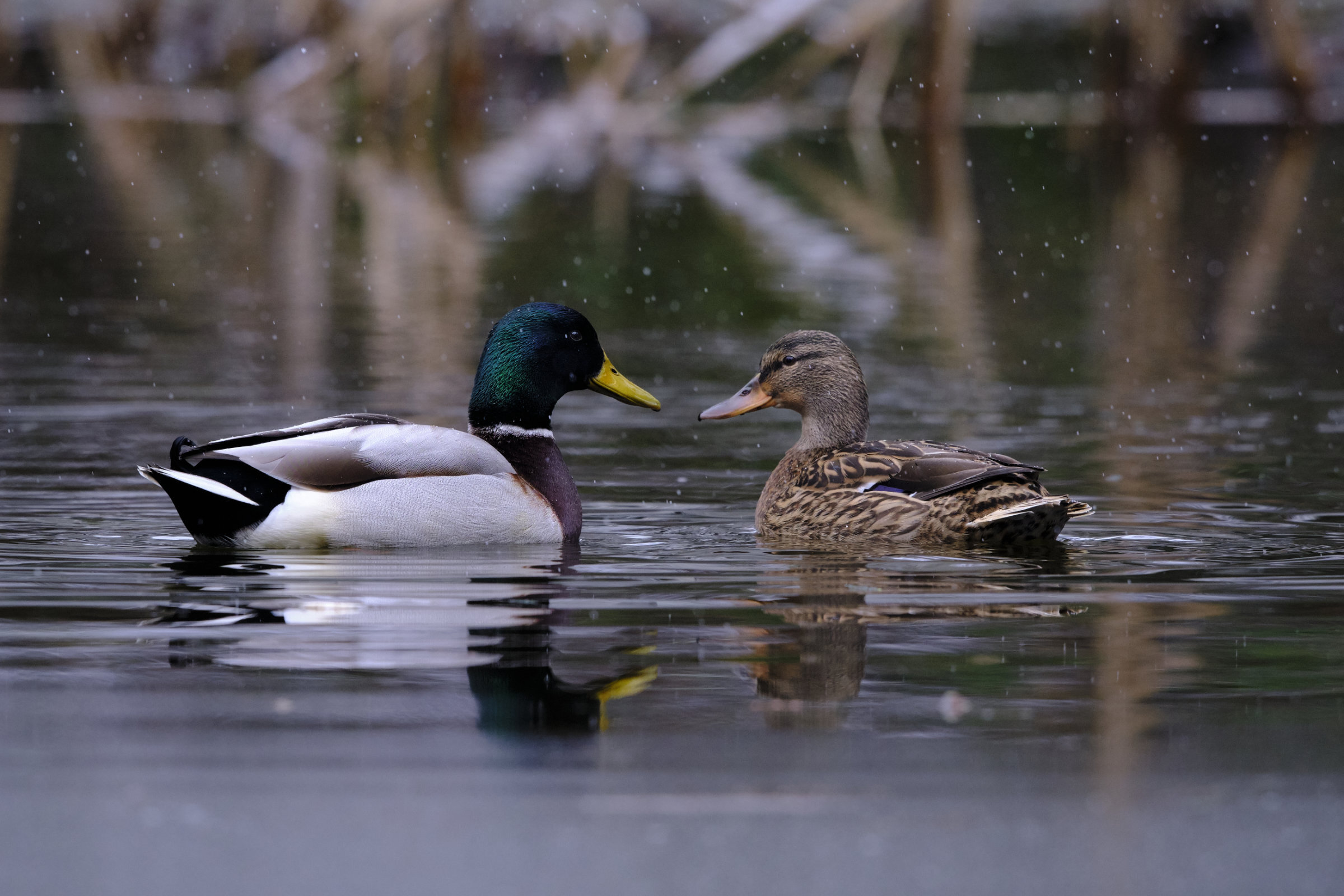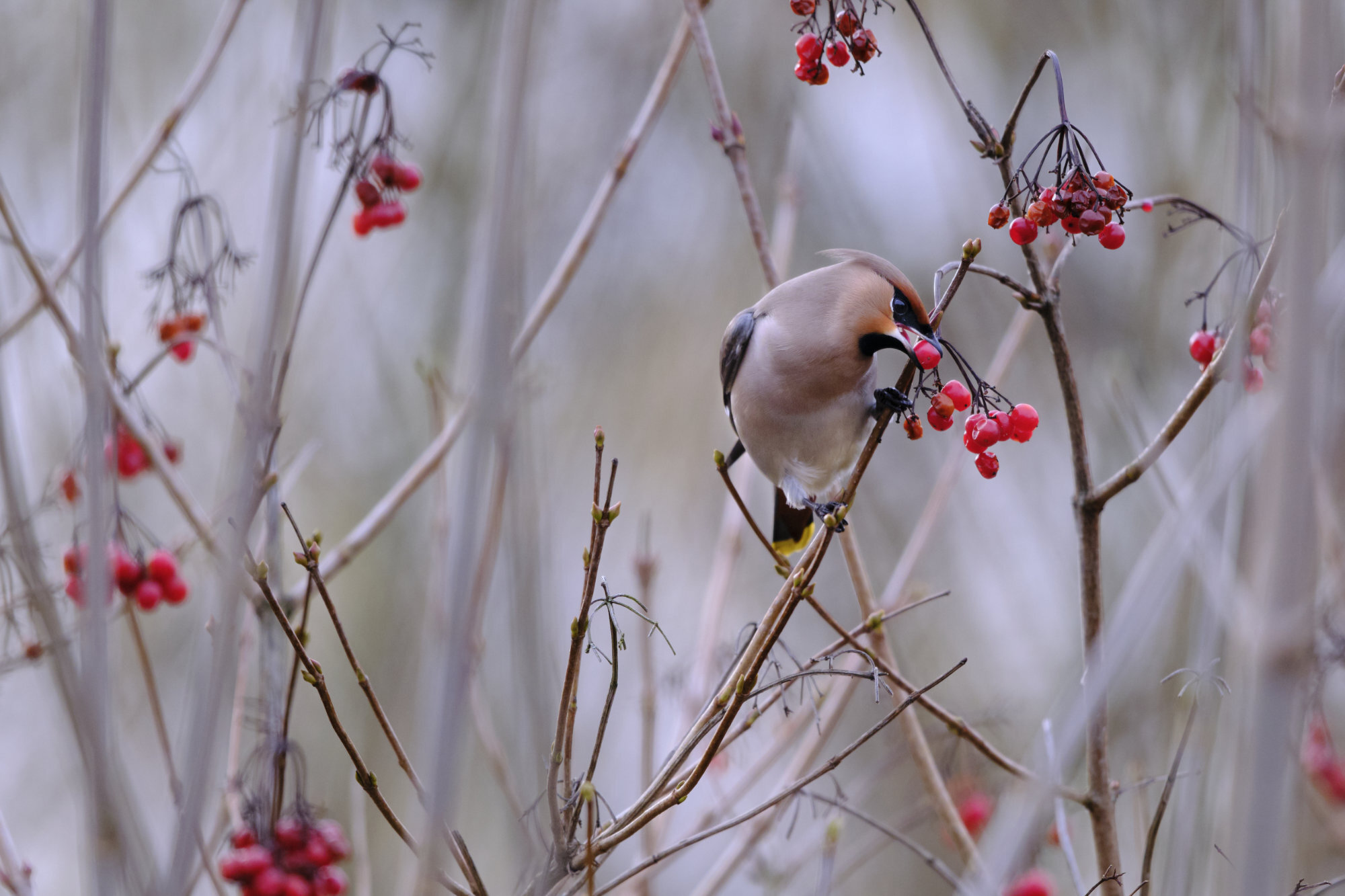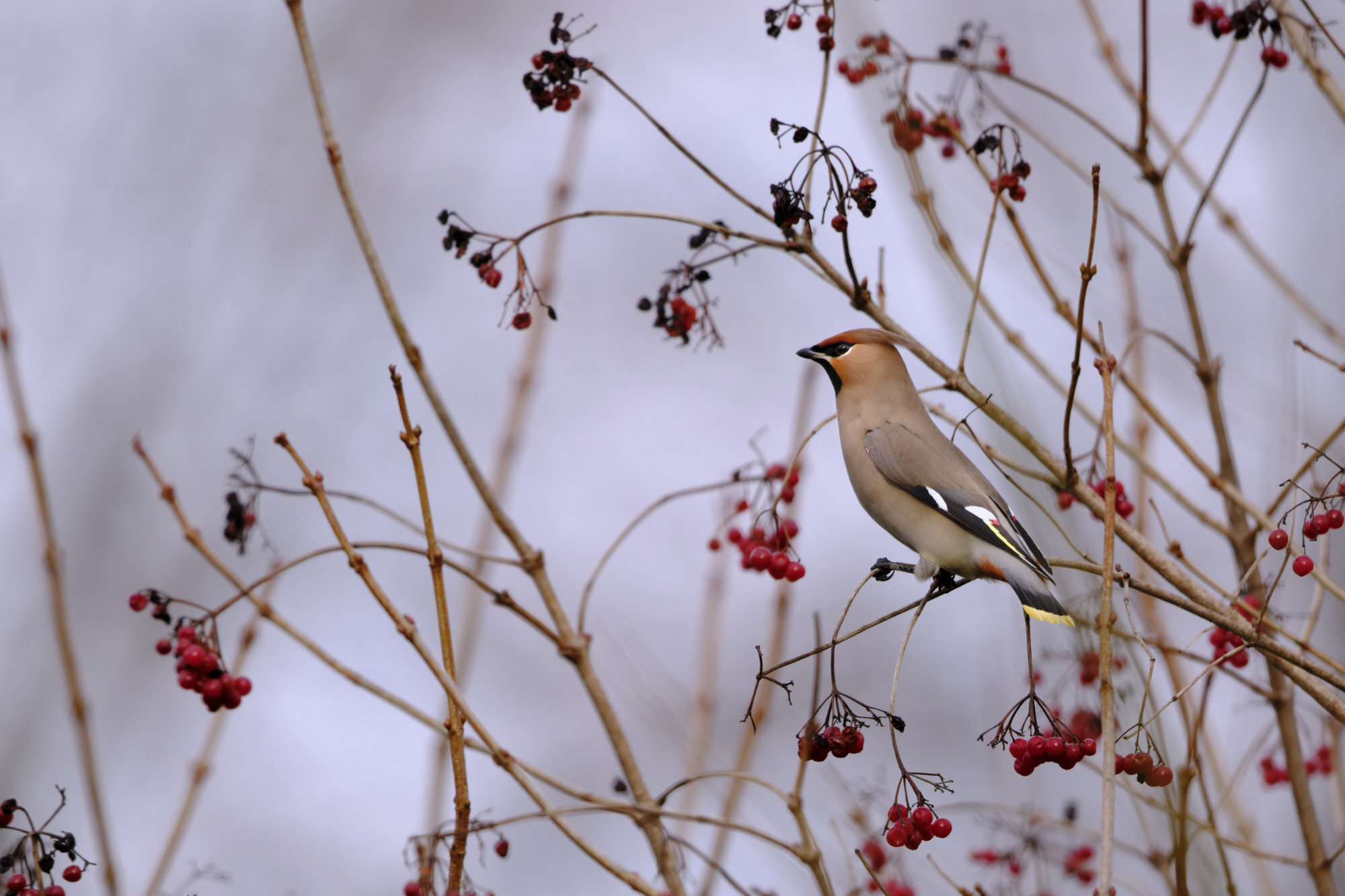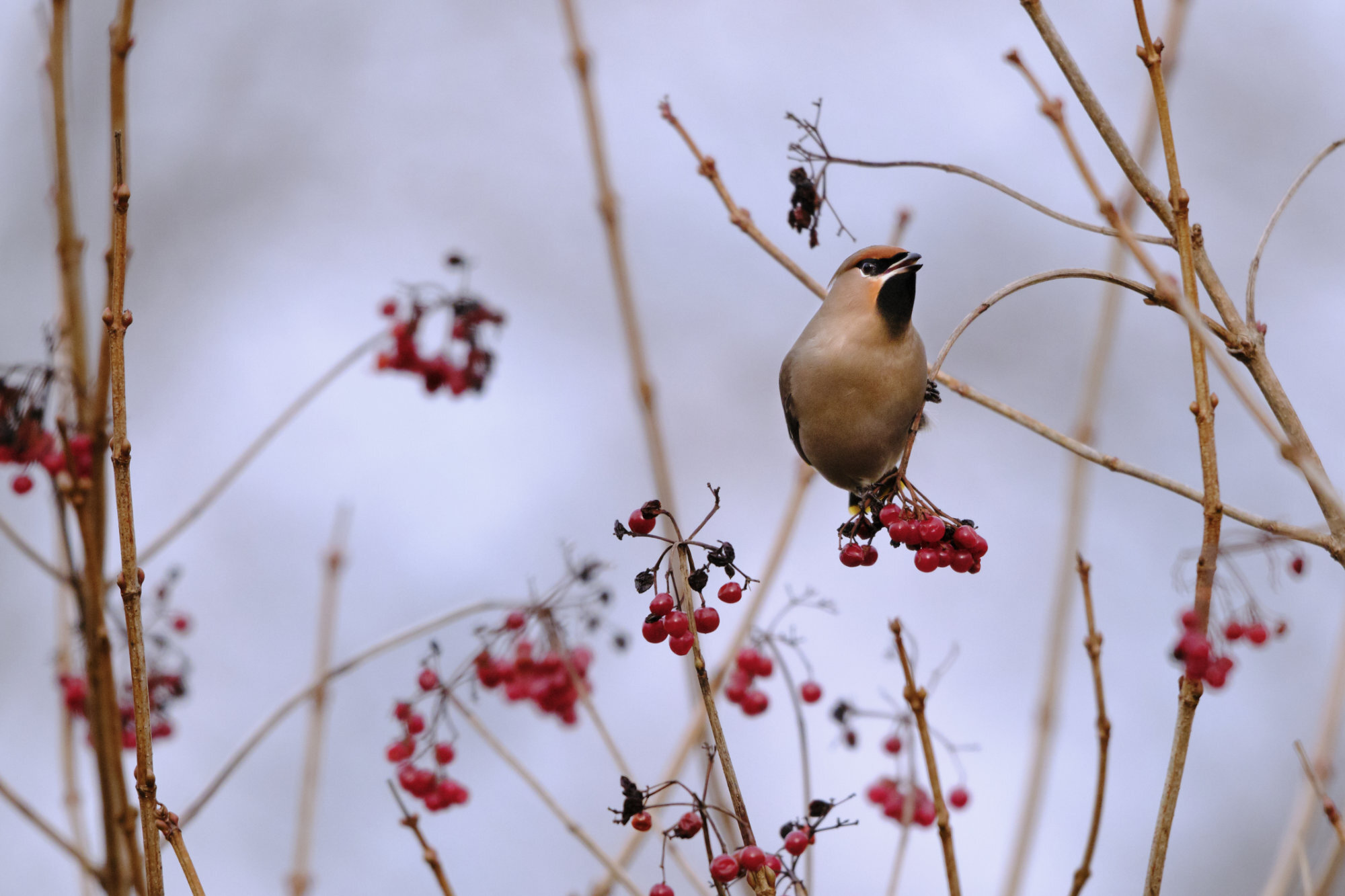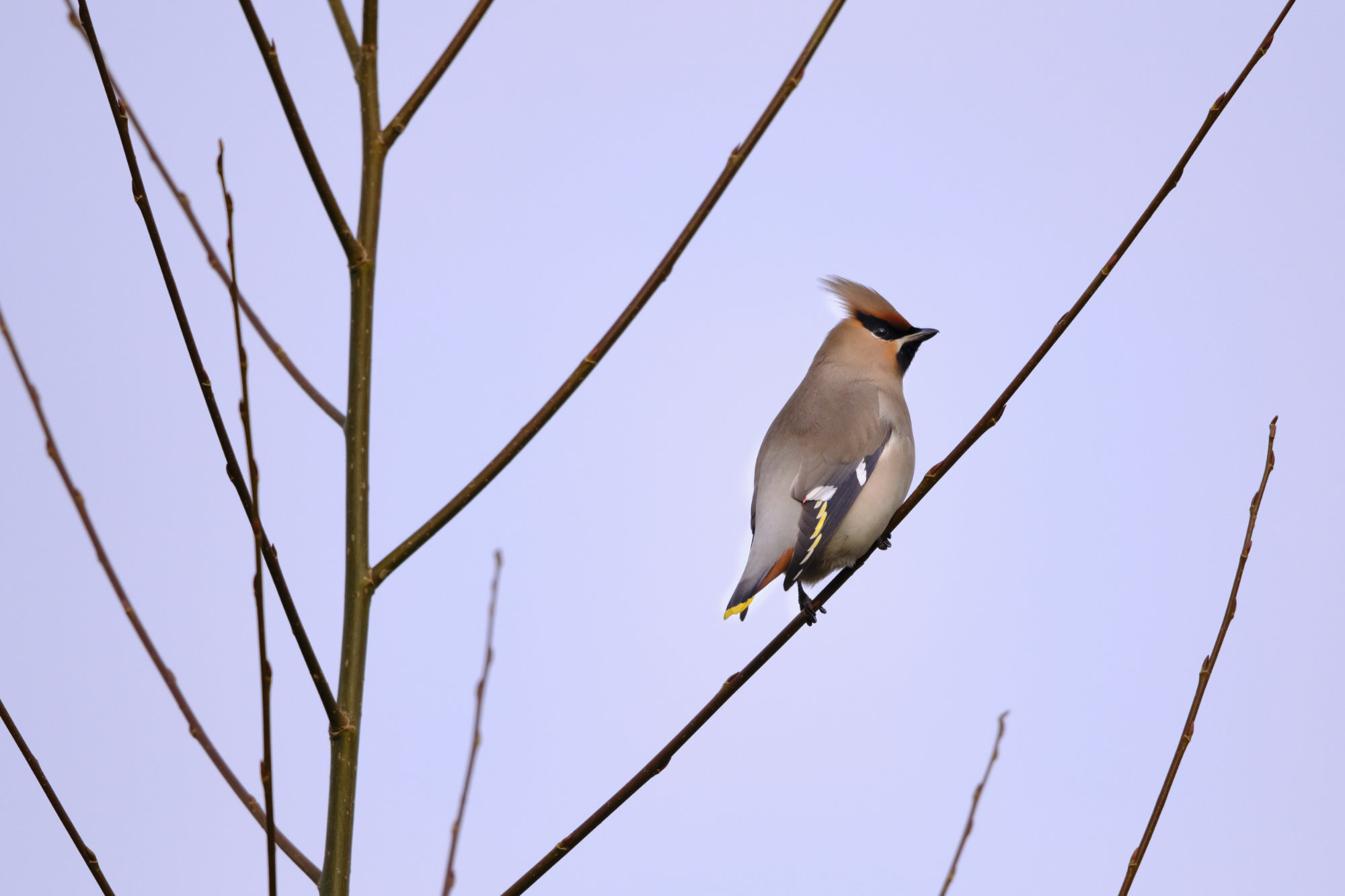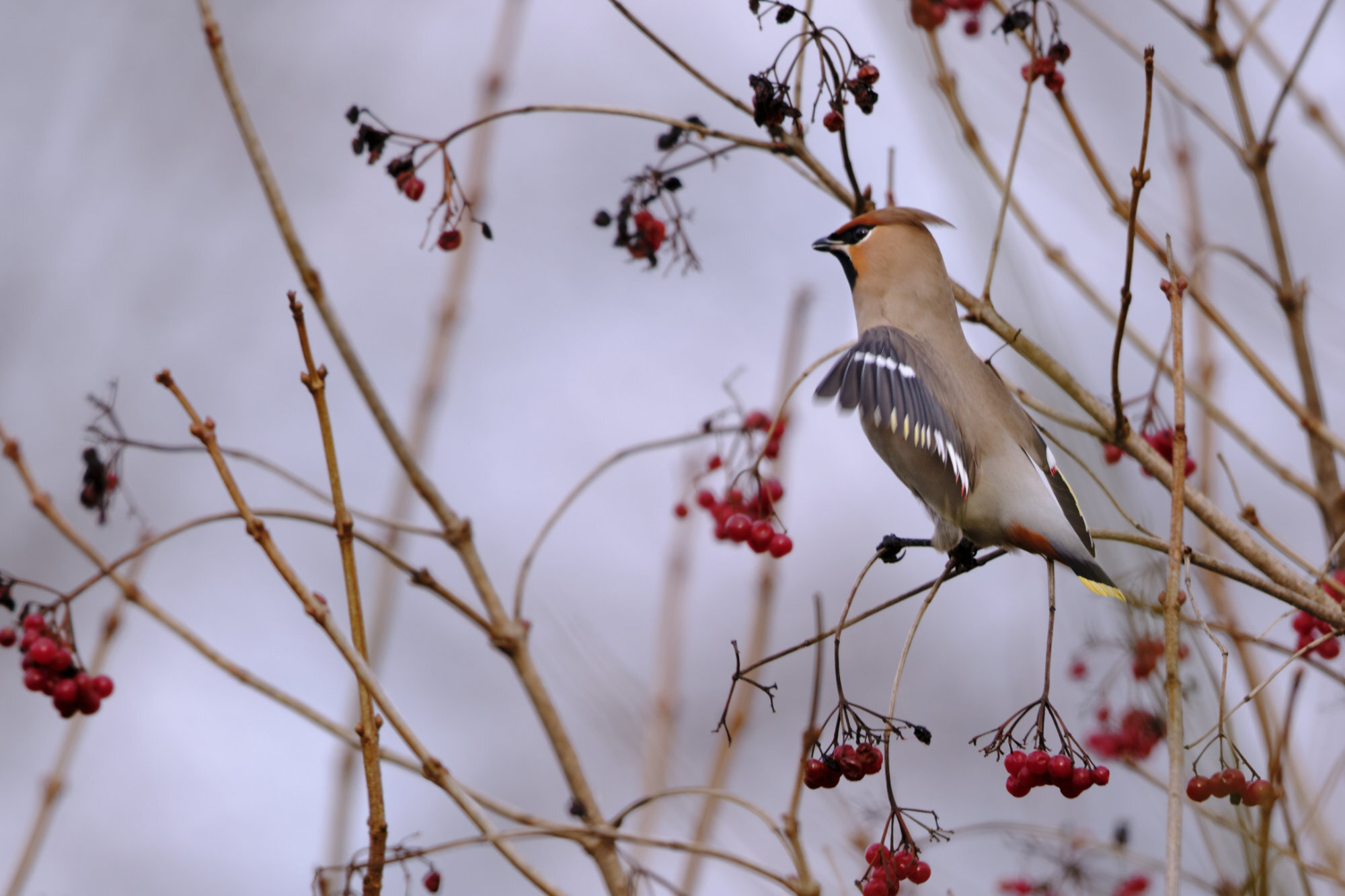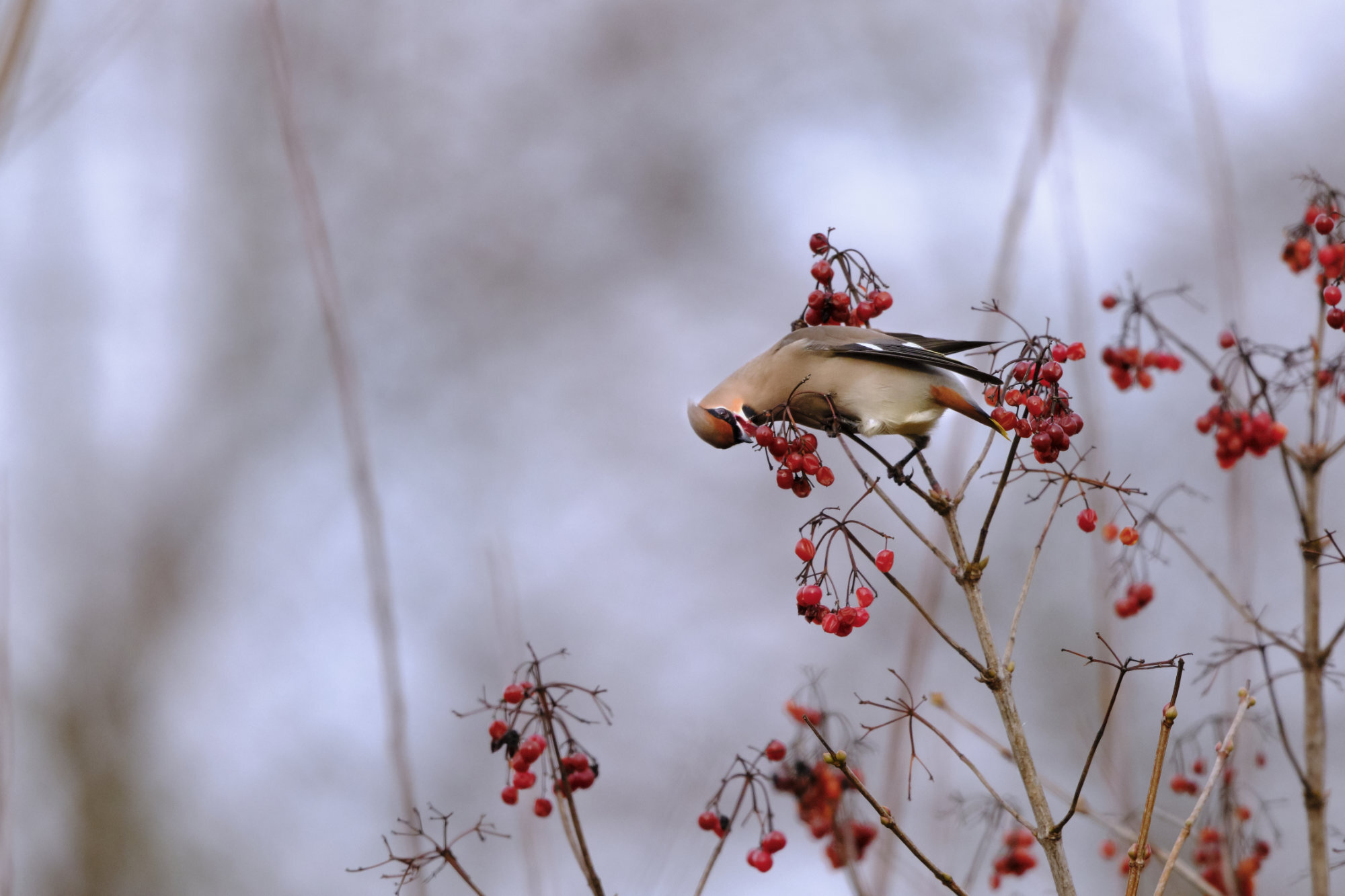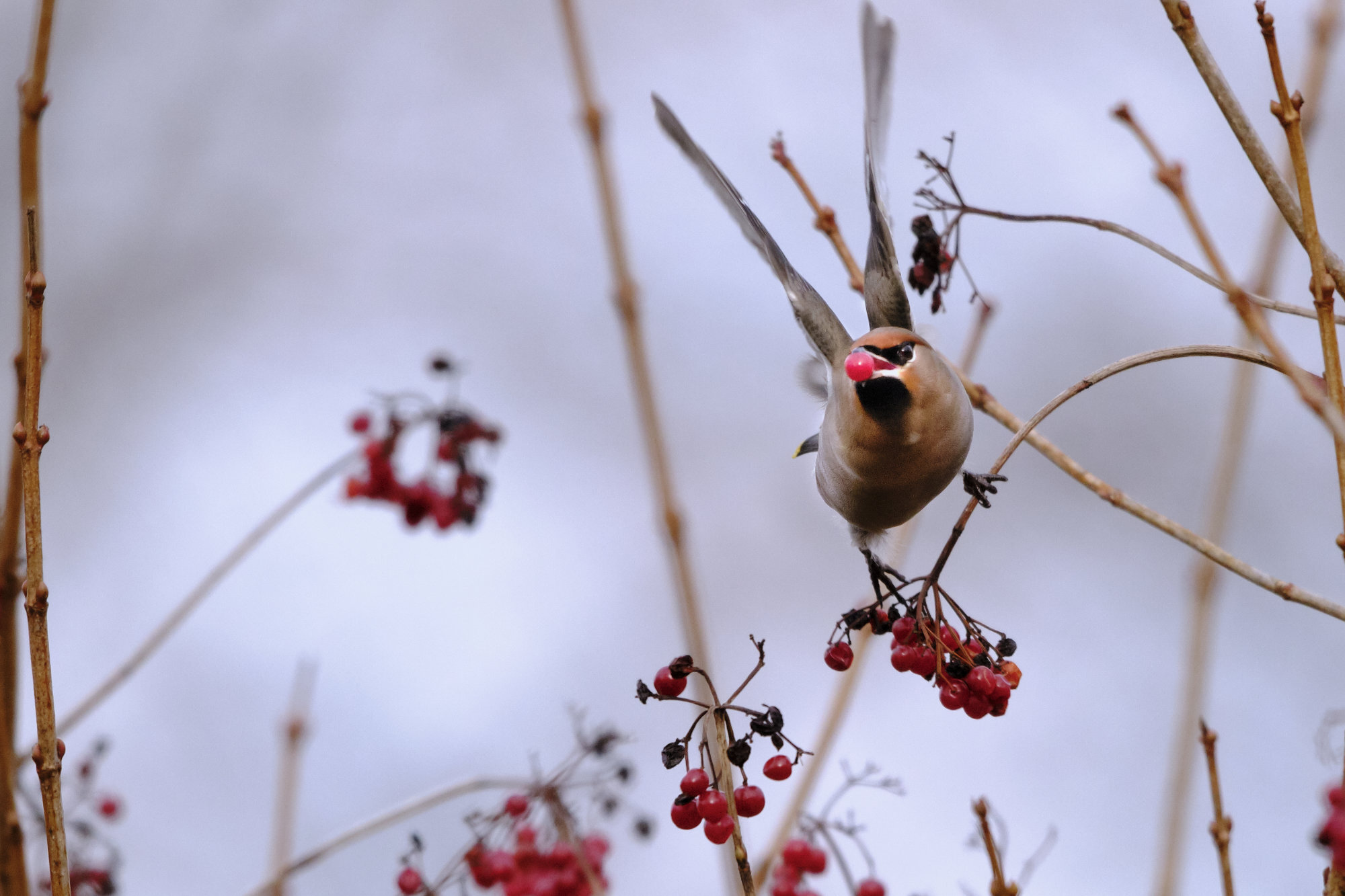Urban areas offer a pretty good habitat for some species - especially birds. Most notably in Germany the Peregrine Falcon, the Common Kestrel or the Common Swift. The pressure from predation is usually smaller and there is food in abundance. The episode “Cities” of BBC - Planet Earth II is a monumental showcase of this development. It’s not all good though. A lot of woodland or mountain species flee from the loss of its natural habitat. Intense forestry for example makes young and monocultural forests without woodpecker caves or hollow trunk. And a lot of woodland Owls use such holes for breeding.
Such a woodland Owl bred in one of the many parks in my hometown: A Tawny owl. It was incredibly early in the year. A friend showed me the parent owl and its four branchlings as early as March 23. It was so cool to watch those branchlings grow. Within a few days they increased its reach around its breeding holes about ten times. When I first met the fluffy four, they could hardly fly. A few days later, they roamed the whole park. Its begging calls sounded all over the park.
At least one parent always watched its offspring, while the other was probably hunting (night-time) or sleeping (daytime). Unfortunately I never discovered the breeding-hole.
Now, four weeks later, the family is still around, but increased its radius a lot. All four owlets are roaming the ancient lattice-courtyards of the area. And whenever the young are out and about, somewhere aloft sits a parent carefully watching.
But this isn’t even the end of the story. Local ornithologists agree that those are the same adults that bred in a different park two years out of the latest three. It changed spots because of the presence of another large owl: A pair of Eurasian eagle-owls are roaming the city. One memorable night, I watched the male Eagle-owl calling from the highest pediment of the local theatre - beautifully moonlit. Unfortunately, I had no camera with me to document this spectacle.
But why should an owl as large as a Tawny owl flee a brother owl? Well, Eagle owls kill and eat Tawny owls - not only the owlets, but the adults.
Same parent, different branchlings - back in 2019.











